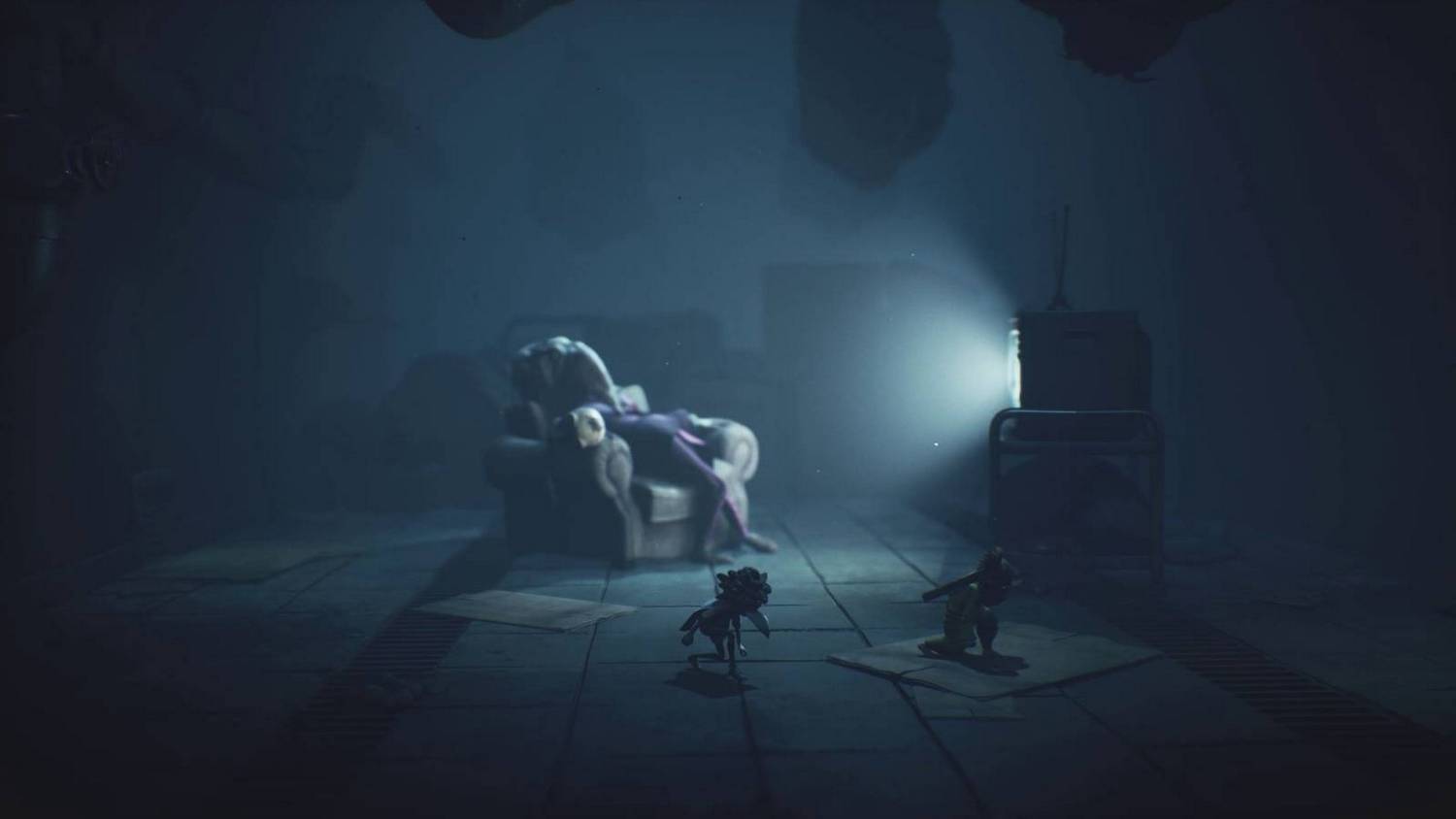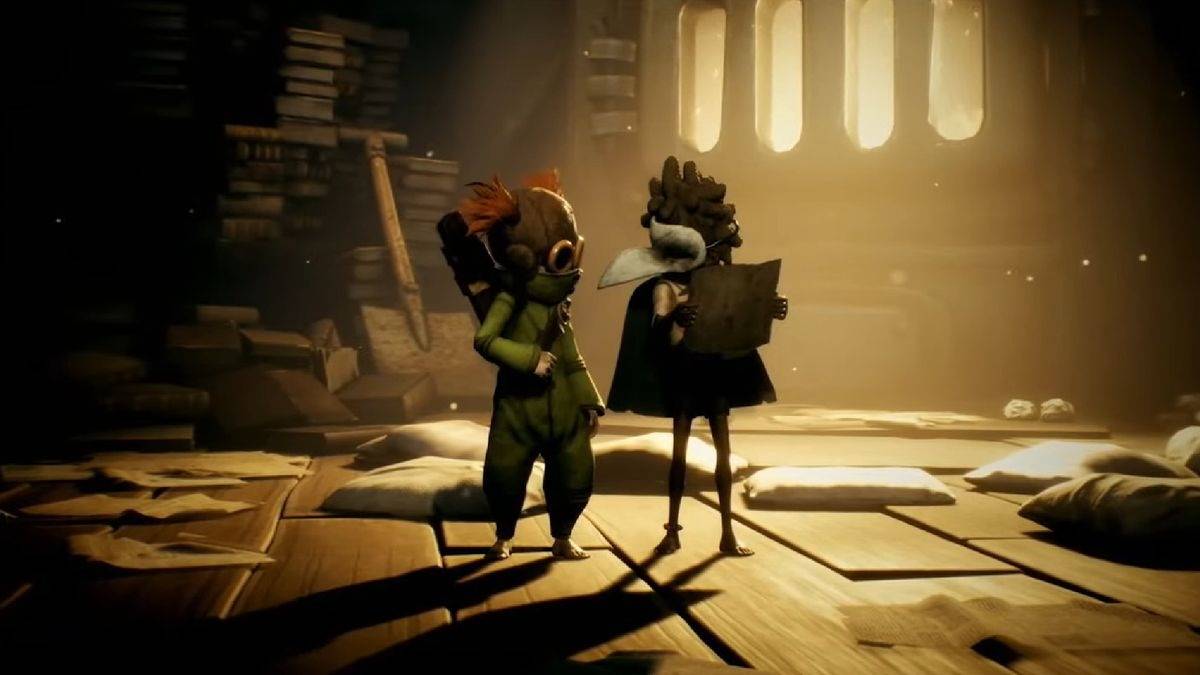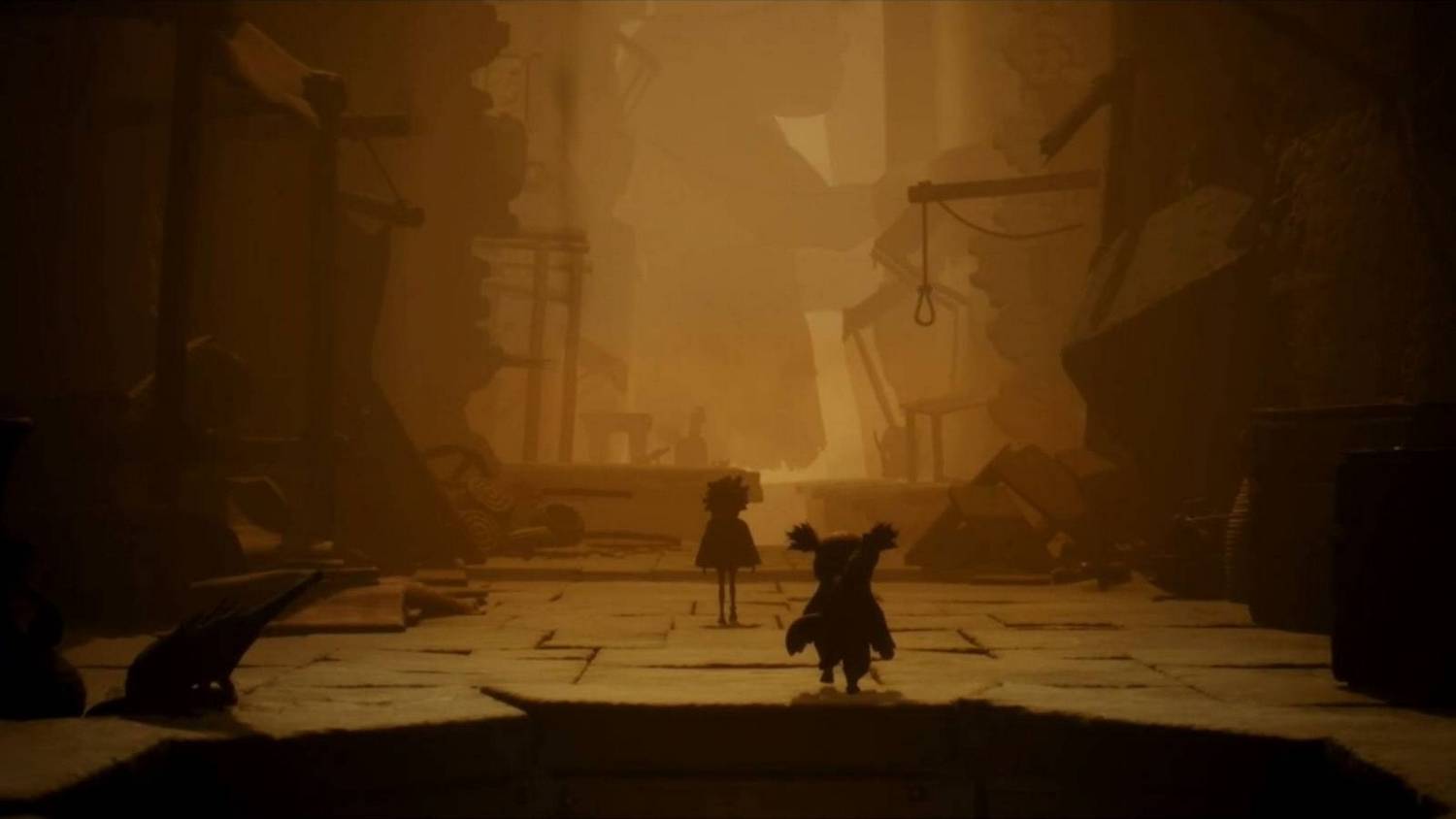Shared Terror, Solo Experience: Why I’m Choosing to Play Little Nightmares 3 Alone
Popular Now
 Sonic the Hedgehog™ Classic
Sonic the Hedgehog™ Classic
 Roblox
Roblox
 Fortnite
Fortnite
 God of War Ragnarök
God of War Ragnarök
 Minecraft
Minecraft
 CarX Street
CarX Street
 Free Fire Max
Free Fire Max
 BeamNG.drive
BeamNG.drive
 R.E.P.O
R.E.P.O
 Free Fire
Free Fire  The announcement of a fully co-operative experience in Little Nightmares 3 was met with a wave of excitement from the community. After years of playing solo with an AI companion in the previous games, the idea of finally sharing the series’ unique blend of surreal horror and environmental puzzles with a friend seemed like a perfect evolution. The game’s new protagonists, Low and Alone, are designed from the ground up to work together, each with a unique tool—a bow and a wrench—that is essential for progression. On paper, it’s a dream come true for fans of games like It Takes Two and Unravel Two, a high-value selling point that is sure to attract a new audience. And yet, for all its potential, there is one major, deal-breaking reason why I will be playing the game entirely alone: the absence of local co-op. This single, baffling design choice, and the developers’ strange justification for it, fundamentally undermines the very thing that makes these types of games so special, turning a shared experience into a solitary one.
The announcement of a fully co-operative experience in Little Nightmares 3 was met with a wave of excitement from the community. After years of playing solo with an AI companion in the previous games, the idea of finally sharing the series’ unique blend of surreal horror and environmental puzzles with a friend seemed like a perfect evolution. The game’s new protagonists, Low and Alone, are designed from the ground up to work together, each with a unique tool—a bow and a wrench—that is essential for progression. On paper, it’s a dream come true for fans of games like It Takes Two and Unravel Two, a high-value selling point that is sure to attract a new audience. And yet, for all its potential, there is one major, deal-breaking reason why I will be playing the game entirely alone: the absence of local co-op. This single, baffling design choice, and the developers’ strange justification for it, fundamentally undermines the very thing that makes these types of games so special, turning a shared experience into a solitary one.
 The Shared Scream is Lost
The Shared Scream is Lost
The magic of a truly great co-op game, especially a horror one, is the shared, in-person experience. It’s the spontaneous yell when a monster appears, the panicked coordination as you try to solve a puzzle, and the burst of laughter when one of you makes a mistake and dies in a comically grotesque way. It’s the physical presence of another human being, sitting right next to you on the couch, that makes the terror and the triumph feel so much more real. For a series like Little Nightmares, which is built on a foundation of atmosphere and psychological unease, this is a crucial element. The tension is palpable when you know the person next to you is just as terrified as you are. A live-action preview from IGN perfectly captures this energy, showing how a co-op session is marked by a blend of genuine fear and hilarious, nervous banter. This is the experience that fans were hoping for, a chance to share the series’ unique brand of “creepy dollhouse” horror with a friend in real time.
The developers, Supermassive Games, have justified the decision to exclude local co-op by claiming it was done to “preserve atmosphere and immersion.” This is a hollow excuse. By forcing players to play online, the game replaces the visceral, shared experience of couch co-op with the remote and often impersonal nature of online play. It eliminates the crucial, non-verbal communication that happens when you’re sitting in the same room. A quick glance, a subtle nudge, or a shared gasp can be far more effective in a horror game than a voice chat. The decision is a massive missed opportunity and a direct contradiction of the core experience that makes these games so engaging. It’s a technical and creative misstep that feels out of place in an era where games like Unravel 2 and It Takes Two have proven that local co-op is not only viable but a core part of their success. The developers’ decision to prioritize an aesthetic vision over a key gameplay feature is a baffling one, especially for a game whose very identity is now tied to cooperation.
 Solo, With a Silent Companion
Solo, With a Silent Companion
The silver lining, and the reason I will be playing solo, is that the game still offers a single-player mode with an AI-controlled companion. While this will undoubtedly be a more solitary and terrifying experience, it at least feels true to the spirit of the previous games. The original Little Nightmares 2 offered a similar experience with its AI companion, Mono, and it was a masterpiece of silent, psychological horror. The tension was derived from the loneliness and the feeling of being trapped in a world too big and too hostile for a single child. The AI, in that case, was a perfectly functional part of the game’s mechanics, solving puzzles and helping you progress without a word. By playing Little Nightmares 3 alone, I will be able to fully immerse myself in the game’s atmosphere, without the distraction of a remote co-op partner. This will allow me to fully appreciate the game’s sound design, its terrifying monster encounters, and its subtle storytelling, all of which are a significant part of the series’ allure. While I’ll miss the shared experience, I won’t have to deal with the inevitable technical hitches and communication breakdowns that are often associated with online co-op. This is a high-value compromise that allows me to still experience the game’s story and scares, even if it’s not in the way I originally hoped for.
In the end, Little Nightmares 3 has the potential to be a brilliant co-op experience, but the developers have put up a wall between players and the very experience they are trying to create. By denying players the chance to play on a couch with a friend, the game robs itself of its most compelling feature and alienates a significant portion of its potential audience. While I’ll be diving into the horrors of the game alone, my decision is a quiet protest, a subtle lament for a game that could have been something truly special, but instead chose to be just another online multiplayer title. The shared scream is a far more powerful emotion than a whispered comment through a headset, and in the world of Little Nightmares, that is a horror that simply cannot be replaced.











 The Shared Scream is Lost
The Shared Scream is Lost Solo, With a Silent Companion
Solo, With a Silent Companion